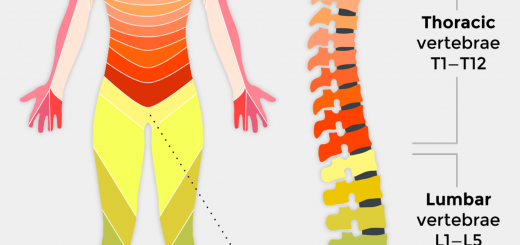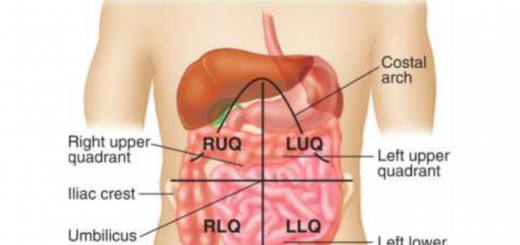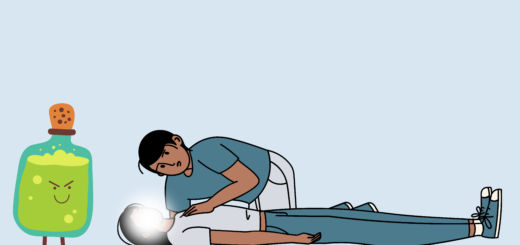Two Rescuer Adult BLS & CPR
Two rescuer CPR is an effective way of delivering high-quality CPR to a victim in cardiac arrest. Chest compressions are the most important aspect of CPR, however, when two trained rescuers are available the second rescuer can help with maintaining an open airway and delivering rescue breaths. After recognizing a victim is in cardiac arrest the second rescuer should immediately activate the emergency response system and get the AED. The first rescuer should remain with the victim to start CPR immediately, beginning with high-quality chest compressions.
After the second rescuer returns, the rescuers should use the AED as soon as it is available. The rescuers will then give compressions and breaths but should switch roles after every five cycles CPR or about every two minutes. As additional rescuers arrive, they can help with rescue breathing or use of the AED or defibrillator.
In two rescuer CPR, each rescuer has specific duties to perform
Rescuer One: Chest Compressions
Rescuer One should focus on performing high-quality chest compressions
- Compress the chest at least 2 inches (5 cm)
- Compress at a rate of at least 100 per minute
- Allow the chest to recoil completely after each compression
- Minimize interruptions in compressions
- Use a compression-to-breath ratio of 30 : 2
- Count compressions aloud & switch duties with the second rescuer every 5 cycles or about 2 minutes
Rescuer Two: Airway and Breathing
Rescuer Two can maintain an open airway and give rescue breaths, watching for chest rise and avoiding excessive ventilation or over-inflation.
They should switch duties with the first rescuer every 5 cycles or about 2 minutes to ensure chest compressions remain effective.
Effective Communication
Effective teams communicate continuously. If the compressor counts out loud, the rescuer providing breaths can anticipate when breaths will be given and prepare to give them efficiently to minimize interruptions in compressions. The two rescuers need to work together and communicate effectively in order to provide effective CPR.





